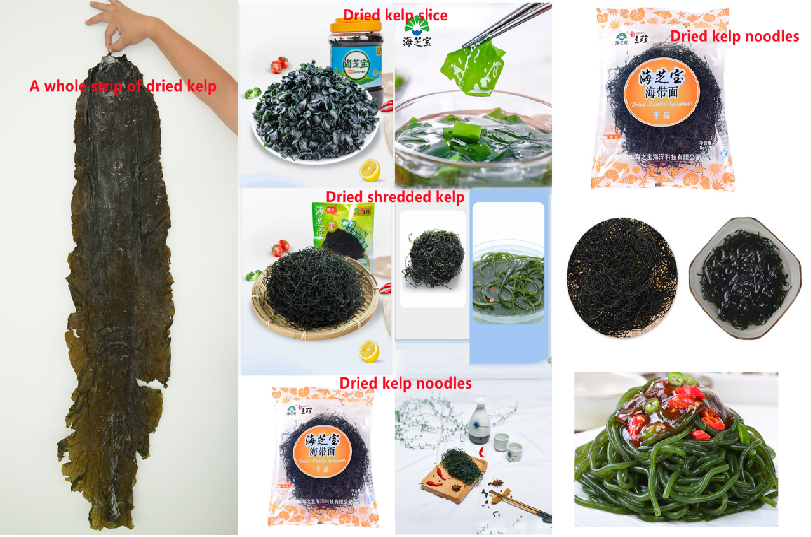Chinese scientists have discovered a new mechanism to delay the damage of damaged nerves to decipher the "death" signal of nerve damage February 18, 2019 Source: Science Network The team of the Institute of Biological and Chemical Interdisciplinary Research, Shanghai Institute of Organic Chemistry, Chinese Academy of Sciences, and the Liu Kai team of the Hong Kong University of Science and Technology and the Li An team of Jinan University, first discovered the important role of Vps4 protein in nerve injury, revealing the Vps4 and endocytic sorting transport complexes. (ESCRT) has the function of regulating the level of autophagy in the nerve bundle, and uses a variety of nerve injury models to fully demonstrate that increasing the level of Vps4 in neurons can significantly delay the degradation of damaged nerves, and to treat nerve damage and neurodegenerative diseases. New hope. The research results were published in Science Advances. "Axonal degeneration" is one of the important pathological changes of various chronic neurodegenerative diseases such as acute nerve injury and "Alzheimer's disease", "Parkinson's disease" and "gradual freezing human disease". Fang Yanzhen told the Journal of Chinese Academy of Sciences that axonal degeneration is similar to a "suicide" process at the cellular and molecular levels of axons. Specifically, in nerve damage, nerve fibers that are far away from the neuronal cell body will gradually swell, and then bead-like, fragment-like changes will eventually be swallowed up by surrounding glial cells and macrophages, similar to "suicide". The process is academically known as the "Wallerian degeneration." What unknown key genes and molecular mechanisms mediate the transduction of "death" signals in nerve damage, and ultimately lead to axonal "Waller degeneration" has been an important scientific problem in the field of nerve injury. The researchers discovered a key gene for maintaining axonal integrity, the ESCRT complex gene Vps4, through a large-scale genetic screening experiment based on Drosophila model animals. Studies have shown that nerve damage causes a rapid decline in Vps4 protein levels, resulting in abnormal function of the ESCRT complex, leading to axonal autophagy clearance disorders. Fang Yanzhen explained: "Autophagy is like the work of the 'scavenger', through the lysosomes to phagocytose, clear and degrade the misfolded proteins and damaged organelles in the cells. This function is to maintain the survival and normal function of neurons. This is important, especially in relation to a variety of human neurodegenerative diseases." The study showed that after the nerve injury, the "scavenger" appeared to clear the obstacles, and the "garbage" accumulated in the nerve fibers, which led to "Waller's degeneration." The researchers increased the expression level of Vps4 protein in a variety of different nerve injury models, and the "scavenger" work efficiency was significantly improved. Fang Yanxi said that the current experiment can delay the degeneration of damaged nerves by about 3 days by increasing the expression level of Vps4. This can explain the so-called "elevation" of autophagy in nerve damage, in fact, the "autophagy cleanup disorder" caused by the decrease of Vps4 protein, and the "garbage" accumulation caused by the inefficiency of "scavenger". This also provides new ideas for the treatment of nerve damage, just like "big water treatment, dredge than blocking." Experts believe that the discovery of the new mechanism of Vps4 breaks the previous belief that only Nmnat enzyme and NAD+ related pathways can effectively prevent the damage of damaged nerves, and has taken an important step in understanding the molecular regulation mechanism of axon "Waller degeneration". ". "In the future, the research team in Shanghai, Hong Kong and Guangdong will continue to look for effective ways to prevent the rapid degradation of Vps4 protein in order to achieve stronger neuroprotection," Fang Yanzhen said.
Dried Shredded Kelp
Dried Kelp Series is made of Haizhibao deep sea young kelp by drying directly without any addition,so that it can maxmium retains the 23 kinds of nutritions .It turns green when match the water at once with high swelling and especially suitable for making soup.salad or used as fillings,Due to the convenience and easy-storag,it`s a new choice to live healthy and nutritions.
How to eat
The difference between deep sea kelp and traditional ordinary kelp
Dried Shredded Kelp,Dry Kelp Seaweed,Kombu Dried Kelp,Dehydrated Seaweed Shandong Haizhibao Ocean Science and Technology Co.,Ltd. , https://www.haizhibaoseafood.com

